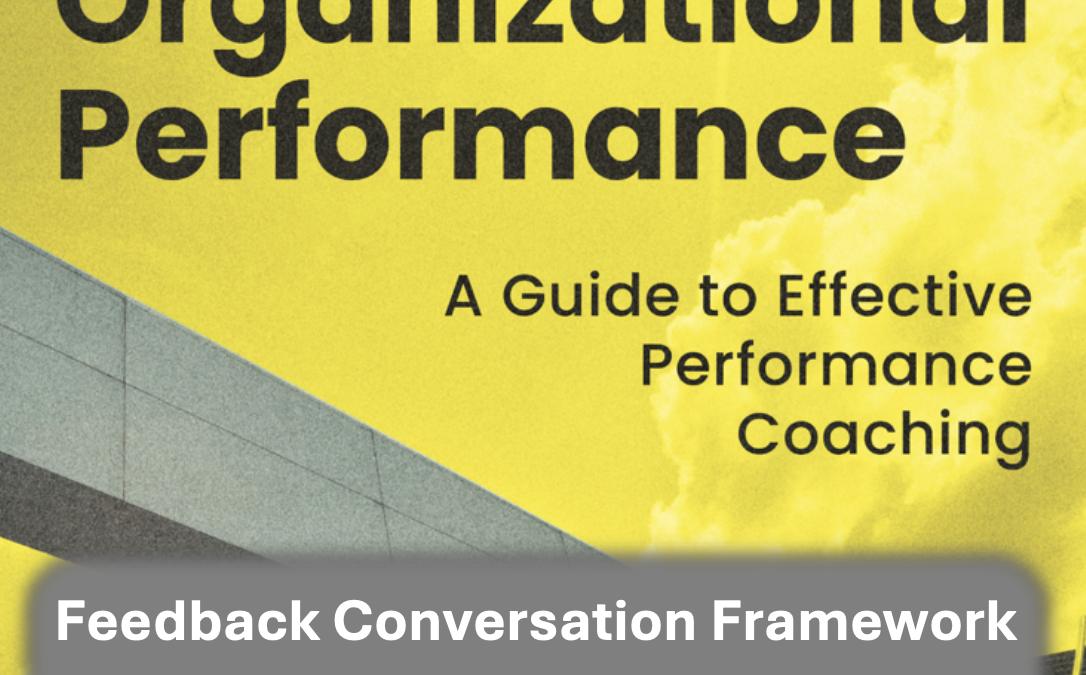
“If you can’t measure it, you can’t improve it.”
In today’s fast-paced business environment, talent development is no longer a “nice-to-have.” It’s a strategic imperative. However, many HR decision-makers and business leaders struggle to answer a critical question: How do we measure the success of our talent development efforts?
Traditional metrics like training attendance and satisfaction surveys provide some insights, but they fall short of capturing the true impact on performance and organizational success. To demonstrate ROI and drive meaningful improvements, we need metrics that matter.
Why Measuring Talent Development Is Hard
- Intangible Outcomes
- Talent development often focuses on skills like leadership, creativity, and collaboration, which are hard to quantify.
- Delayed Impact
- The benefits of talent development programs may take months or even years to materialize, making immediate measurement challenging.
- Lack of Alignment
- Many organizations fail to connect development initiatives to specific business goals, leading to vague or irrelevant metrics.
The Metrics That Matter
To measure success effectively, focus on metrics that tie talent development to both individual growth and organizational outcomes. Here are five critical categories:
- Performance Metrics
- Examples: Productivity increases, quality improvements, sales growth.
- Why they matter: These metrics show how development efforts directly impact job performance and business results.
- Engagement and Retention
- Examples: Employee satisfaction scores, retention rates, turnover rates.
- Why they matter: Engaged employees are more productive and less likely to leave, making these metrics a good indicator of program success.
- Skill Acquisition
- Examples: Competency assessments, certifications achieved, proficiency levels.
- Why they matter: These metrics reveal whether employees are gaining the skills needed to excel in their roles.
- Career Progression
- Examples: Promotions, lateral moves, succession planning readiness.
- Why they matter: Measuring career growth shows whether development programs are preparing employees for future roles.
- Organizational Impact
- Examples: Revenue growth, customer satisfaction, innovation metrics.
- Why they matter: These metrics demonstrate the broader business impact of investing in your people.
How to Measure Effectively
- Set Clear Goals
- Define what success looks like before launching a talent development initiative. Align these goals with broader organizational objectives.
- Use a Mix of Metrics
- Combine quantitative metrics (e.g., sales growth) with qualitative insights (e.g., employee feedback) for a holistic view of success.
- Leverage Technology
- Use HR analytics tools to track and analyze data in real time. These tools can identify patterns and trends that would otherwise go unnoticed.
- Involve Stakeholders
- Get input from employees, managers, and executives to ensure the metrics you’re tracking are meaningful and actionable.
- Measure Continuously
- Talent development isn’t a one-time event—it’s an ongoing process. Regularly assess progress to ensure programs remain relevant and effective.
The ROI of Metrics That Matter
When you focus on meaningful metrics, the benefits go beyond justifying budgets. You gain:
- Better Decision-Making: Data-driven insights help you fine-tune programs for maximum impact.
- Stronger Buy-In: Demonstrating ROI builds confidence among stakeholders, from employees to executives.
- Sustained Growth: Continuous measurement ensures talent development evolves with your organization’s needs.
Take Action Today
For HR leaders and business decision-makers, measuring talent development success isn’t optional—it’s essential. By focusing on metrics that matter, you can unlock the full potential of your workforce and drive long-term organizational success.
How does your organization measure the impact of its talent development efforts? Are there metrics you’ve found particularly effective—or areas where you’re still searching for answers?


